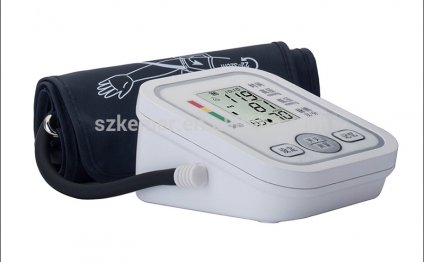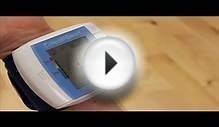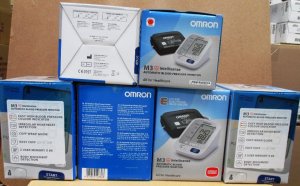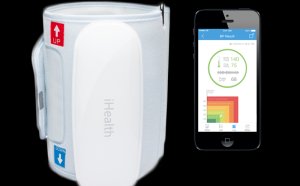
Blood pressure Monitor home use
There are two types of blood pressure monitors:
- Automatic monitors. These are easier to use. They do the listening for you.
- Manual monitors. This is the kind of device you usually see at the doctor's office. It involves using a stethoscope to listen to the heartbeat.
Buying and maintaining a monitor
When you first get a blood pressure device, check its accuracy. Do this by comparing its readings with those you get at the doctor's office. Ask your doctor or nurse to watch you use your device to make sure that you are doing it right and that it works right. It's a good idea to have your device checked every year at the doctor's office.
The size of the blood pressure cuff and where you place it can greatly affect how accurate your device is. If the cuff is too small or too large , the results won't be right. You may have to measure your arm and choose a monitor that comes in the right size.
A monitor that measures blood pressure in your arm is recommended for most people. Blood pressure monitors used on the wrist aren't as reliable as those that use arm cuffs. Wrist monitors should be used only by people who can't use arm cuffs for physical reasons. And devices that use finger monitors aren't recommended at all.
Check your blood pressure cuff often. Make sure all of the parts of your monitor are in good condition. Even a small hole or crack in the tubing can lead to inaccurate results.
Getting ready
Before you take your blood pressure:
- Don't eat, smoke, or exercise for at least 30 minutes. And don't use any medicines that can raise blood pressure, such as certain nasal sprays.
- Rest at least 5 minutes before you take a reading. Sit in a comfortable, relaxed position with both feet on the floor. Don't move or talk while you are measuring your blood pressure.
- Try not to take your blood pressure if you are nervous or upset.
- If you can, use the same arm for every reading. Readings may be 10 to 20 mm Hg different between your right arm and your left arm.
Remember that blood pressure readings vary throughout the day. They usually are highest in the morning after you wake up and move around. They decrease throughout the day and are lowest in the evening.
When you first start taking your blood pressure at home, always take your blood pressure 3 times. Wait 1 to 2 minutes between recordings to let the blood flow back into your arm. After you get better at doing it, you probably will need to do it only once or twice each time.
RELATED VIDEO



Share this Post
Related posts
Omron Upper Arm Blood pressure Monitor
Offering precision and comfort with our Easy-Wrap ComFit Cuff that fits standard and large Arms, the 7 Series Upper Arm Blood…
Read MoreMobile phone Blood pressure Monitor
About 70 years ago, Franklin Roosevelt died of essentially untreated hypertension, with years of exams describing a progression…
Read More











